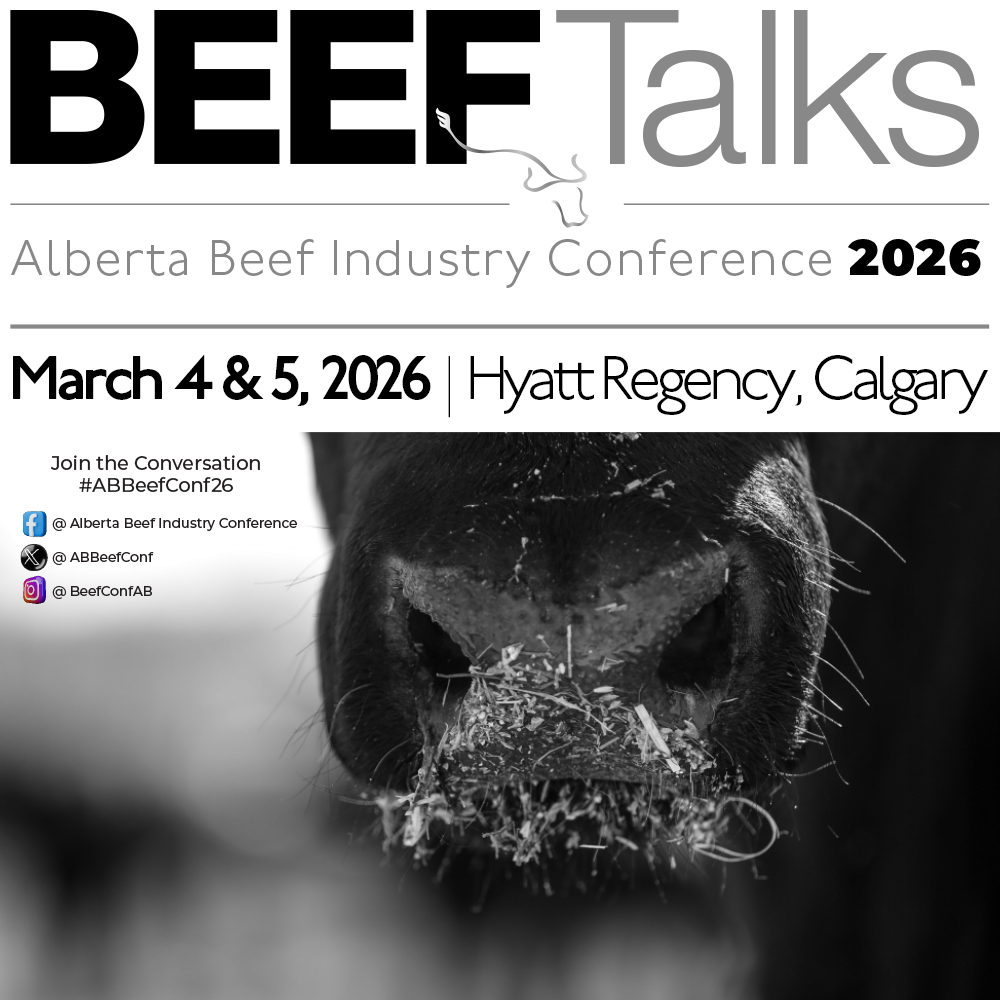AB Direct - Steers
Rail: 495.00 del
AB Direct - Heifers
Rail: 495.00 del
US Trade- Steers
Rail: 355.00-363.00 (IA, NE)
US Trade - Heifers
Rail: 355.00-363.00 (IA, NE)
Canadian Dollar
0.05
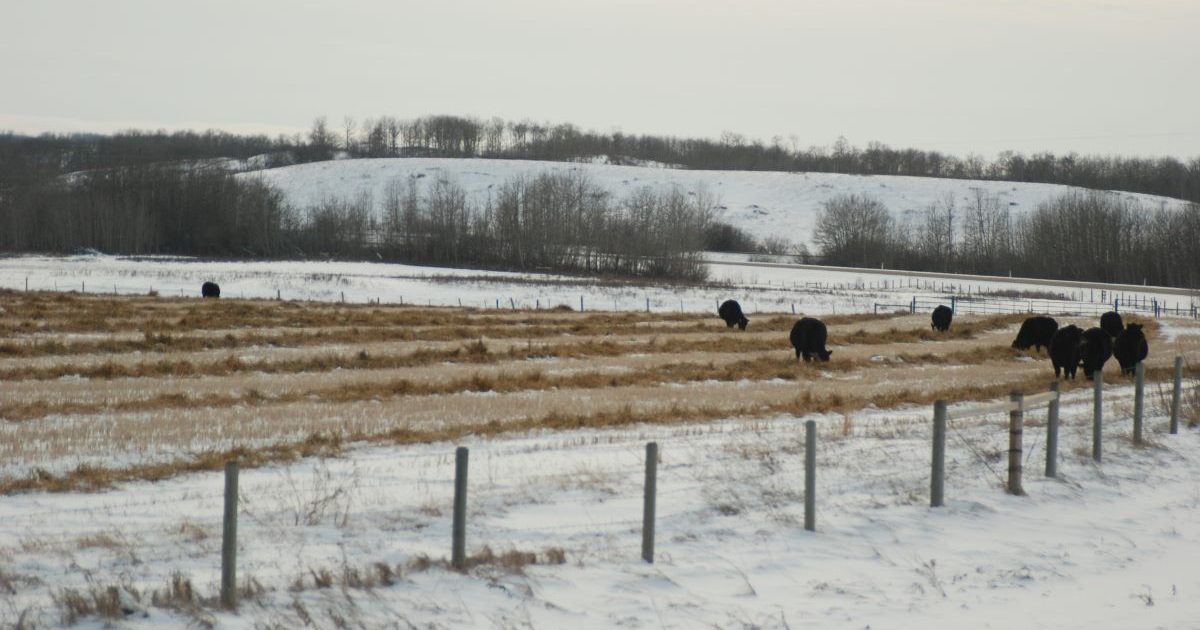
Why develop winter watering systems for your livestock?
Clearly livestock need water to survive, and enough good water, helps them thrive. Yes, livestock may be able to get this in frozen form: there are situations where they can survive or even thrive on snow, but it needs to be consistently available and of suitable type, which isn’t always the case. Chopping a hole for water in a surface waterbody has its downside too.
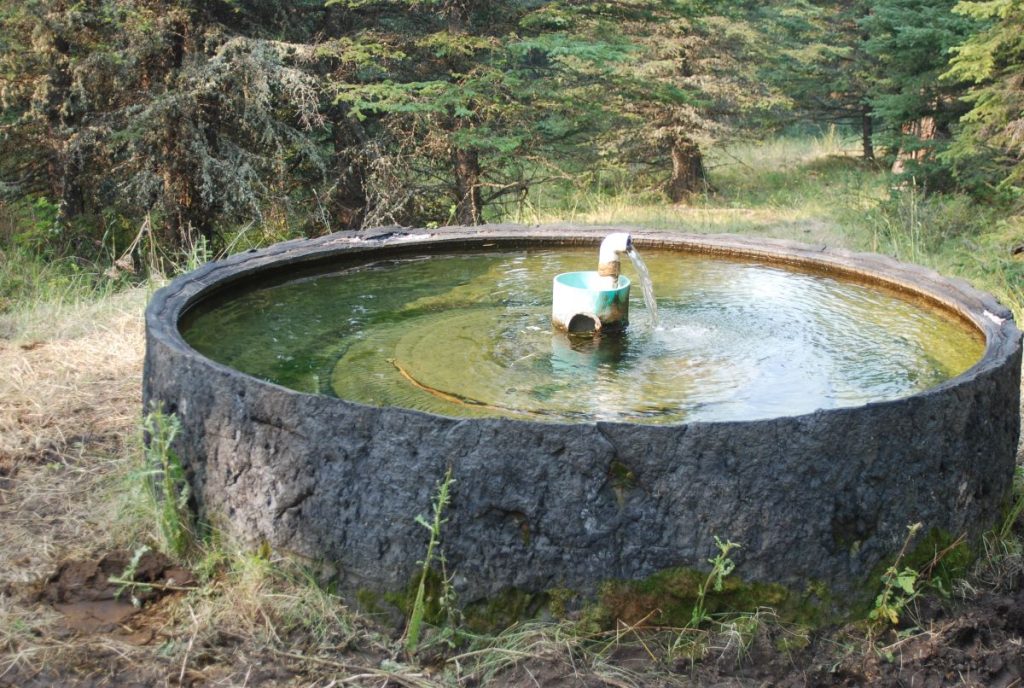
Whether cow-powered frost-free nose pumps, electronic eye-activated drain-back systems on dugout wet wells, or the standard yellow two-basin drinking box in many farm yards and corrals, there are more and more options for winter watering use.
Finding ways to meet the challenges of having enough power away from yard sites, to pump water and keep it from freezing can be tricky—where solar powered troughs might have enough energy in summer, short, low sun days and snowfall may require increasing battery storage and frequent clearing of snow-covered panels. Other issues, like getting water to the trough, might mean deep trenching or use of wet wells, next to dugouts, to create a large enough vertical culvert reservoir to pump from. More often than not, winter watering systems are not portable because of these needs, but if you have the ability to put in a portable system, even for the shoulder seasons, it certainly gives a lot more flexibility, and more manufacturers are creating improved insulation in the portable systems to meet this need.
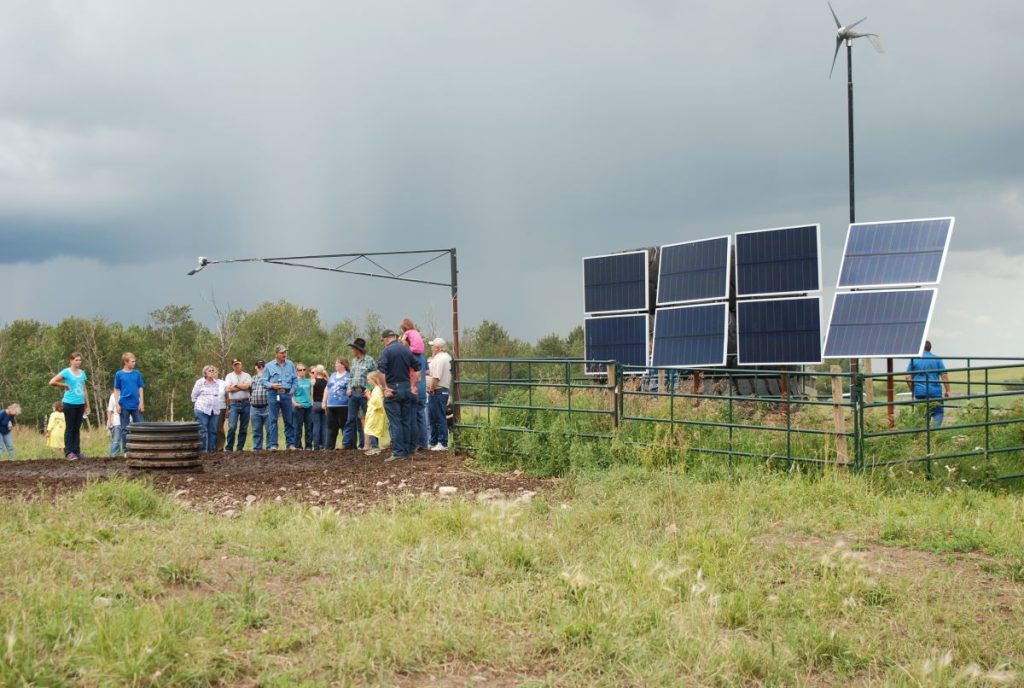
Aside from the logistical and practical issues, the other big issue is cost. Wintering systems should definitely be considered an investment – in herd health, safety and sustainability of an operation. While government programs vary, Alberta Agriculture’s Water Program is still accepting applications for cost-share funding until March 31, 2023. In addition to reaching out to Cows and Fish, consider contacting your local county or other groups supporting stewardship, because improving water quality through riparian grazing management often includes livestock watering systems and cost-share programs are out there.
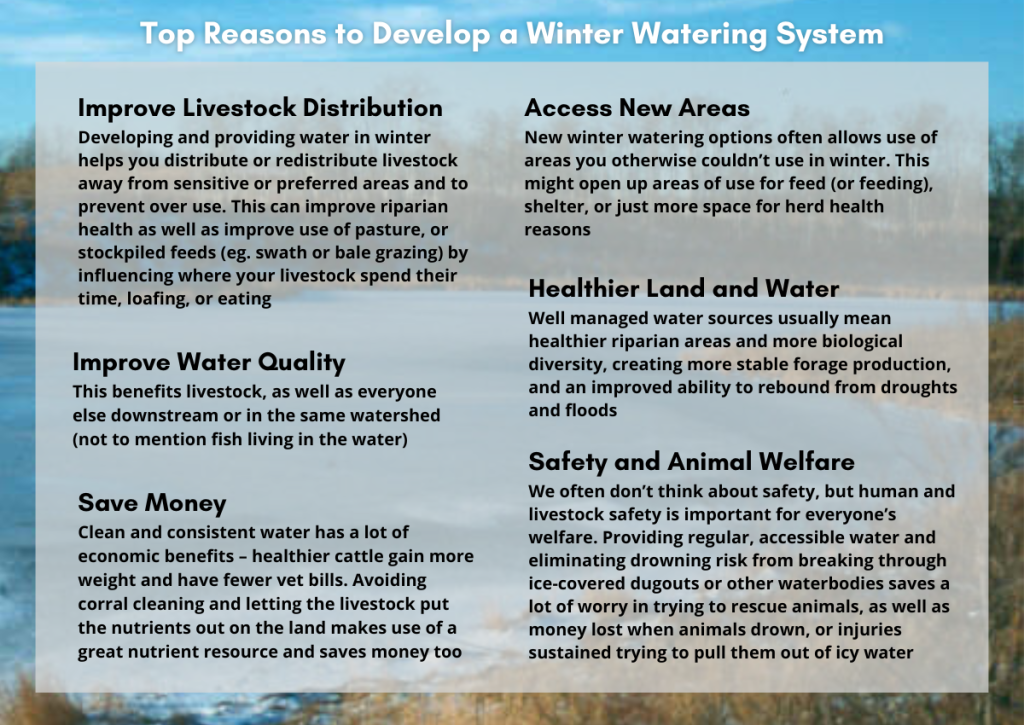
Check out more resources by other experts on cost calculations and the benefit of watering systems on the Beef Cattle Research Council website.
More details on different kinds of livestock watering systems can be found in this Canadian Cattlemen article.
This article was originally published in the Cows and Fish Newsletter (Winter 2023). Subscribe here for quarterly updates from Cows and Fish.

